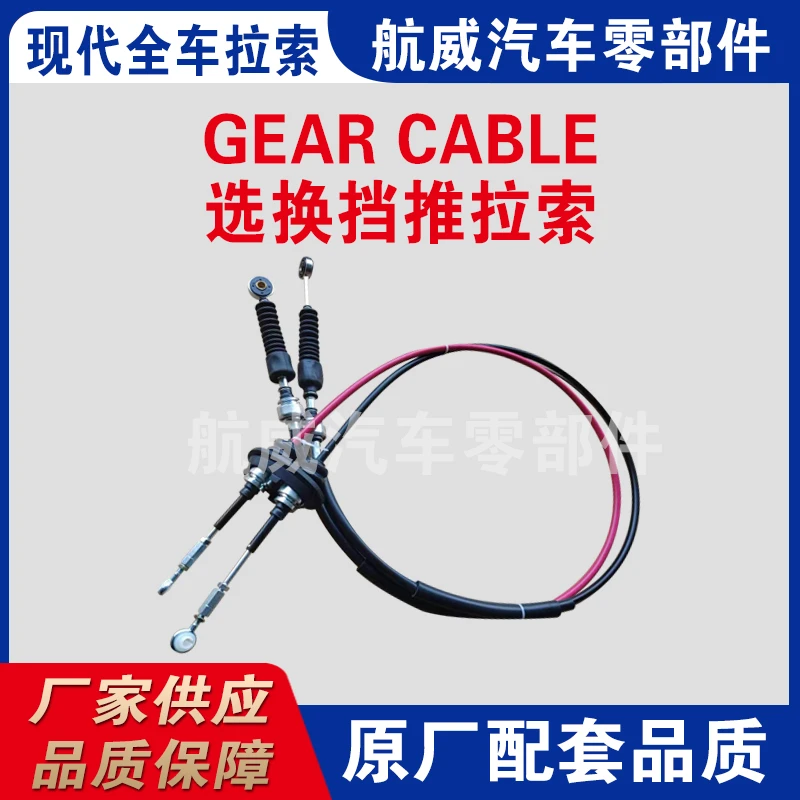throttle wire
Understanding Throttle Wires The Lifeline of Engine Performance
Throttle wires play a crucial role in the operation of internal combustion engines, linking the accelerator pedal to the throttle body. This simple yet vital component ensures that drivers have control over their vehicle's power and speed. The throttle wire's functionality may seem straightforward, but it significantly affects how a vehicle responds to acceleration inputs, making it a key element in achieving optimal engine performance.
At its core, the throttle wire is responsible for controlling the airflow into the engine. When a driver presses the accelerator pedal, the throttle wire transmits this action to the throttle body, which regulates the amount of air entering the engine's cylinders. The engine control unit (ECU) interprets these signals and adjusts the fuel injection accordingly, ensuring that the right air-fuel mixture is delivered for combustion. This finely-tuned interaction is essential for delivering smooth acceleration and maintaining vehicle efficiency.
There are generally two types of throttle controls mechanical and electronic. Mechanical throttle wires are traditional cables connecting the pedal directly to the throttle body. They offer a direct feedback loop, allowing for a tactile driving experience. However, they can wear over time, leading to issues like stretching or fraying, which may impact performance. Regular inspections and maintenance are necessary to detect any wear and tear before it leads to a dangerous situation.
throttle wire

On the other hand, modern vehicles increasingly employ electronic throttle control (ETC) systems. These setups use sensors and motors instead of cables, facilitating greater precision in managing throttle response. The electronic system allows for advanced features such as cruise control, traction control, and stability systems. While ETC can offer smoother operation and improved fuel efficiency, it may sometimes feel less connected than traditional mechanical systems, creating debates among driving enthusiasts.
Moreover, throttle wires and their associated systems must be in perfect condition for optimal engine performance. Factors like temperature fluctuations, dirt, and corrosion can affect the performance of both mechanical and electronic systems. Therefore, routine maintenance, including checking for loose connections, cleaning components, and paying attention to any unusual changes in throttle response, is crucial for maintaining vehicle reliability.
In conclusion, throttle wires are a fundamental component of automotive engineering, serving as a bridge between driver intent and engine performance. Whether mechanical or electronic, ensuring that these systems operate smoothly can significantly enhance the driving experience. Understanding their importance not only helps in appreciating the complexities of engine mechanics but also emphasizes the necessity of regular maintenance to keep vehicles performing at their best.
-
Upgrade Your Control with Premium Throttle CablesNewsAug.08,2025
-
Stay in Control with Premium Hand Brake CablesNewsAug.08,2025
-
Experience Unmatched Performance with Our Clutch HosesNewsAug.08,2025
-
Ensure Safety and Reliability with Premium Handbrake CablesNewsAug.08,2025
-
Enhance Your Vehicle with High-Performance Clutch LinesNewsAug.08,2025
-
Elevate Your Ride with Premium Gear CablesNewsAug.08,2025
